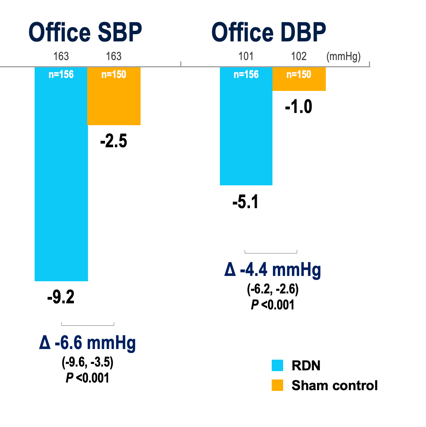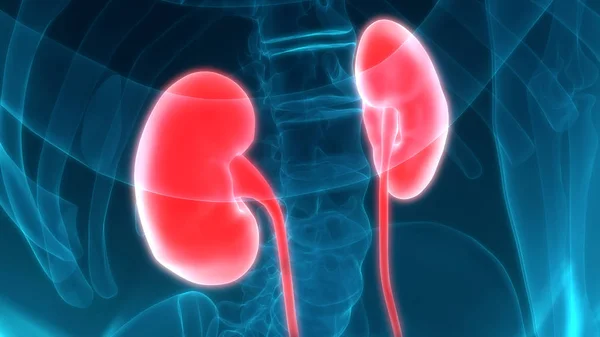Renal Denervation Therapy (RDN) is an innovative medical procedure designed to treat hypertension, commonly known as high blood pressure. Hypertension is a prevalent cardiovascular condition associated with increased risks of heart disease, stroke, and other complications. Studies have suggested that almost 30% of people with hypertension do not have adequate blood pressure control despite medication. Some people may experience side effects of the blood pressure pills.
Renal denervation therapy is a non-drug-based therapy to treat high blood pressure. It is an inpatient procedure that has been proven to be safe and effective to treat hypertension.
What Is Renal Denervation Therapy?
RDN is a medical procedure designed to address hypertension by selectively disrupting the sympathetic nerves near the kidneys. This minimally invasive procedure is done under sedation and involves the insertion of a catheter through the groin (femoral artery), to deliver heat energy disrupting the sympathetic nerves surrounding the kidney arteries.
The therapy modulates the sympathetic activity and ultimately reducing elevated blood pressure levels. RDN is often considered for individuals with resistant hypertension, where conventional treatments with multiple medications have proven less effective.
RDN is an FDA (US) approved and HSA (Singapore) registered procedure.
Efficacy
Blood Pressure Reduction – The primary goal of renal denervation is to achieve a sustained reduction in blood pressure levels. The therapy aims to contribute to long-term blood pressure control by modulating the sympathetic nervous system.

Safety
The procedure has been successfully carried out in over thousands of patients all over the world with a very good safety profile.

Who Needs Renal Denervation Therapy?
Renal denervation therapy is not a first-line treatment but rather an option for those who have not achieved optimal blood pressure control despite standard interventions. Here are the individuals who need it:
- Individuals with persistently elevated blood pressure despite the use of multiple antihypertensive medications.
- Those who are unable to tolerate the side effects of blood pressure medications.
- Those who struggle to take the medication consistently and would prefer an “always-on” therapy.
What Happens During Renal Denervation Therapy?
During Renal Denervation Therapy, you will be positioned on an examination table with continuous vital sign monitoring. Moderate sedation is administered before a catheter is guided through blood vessels to reach the kidney arteries.
Heat energy, in the form of radiofrequency, is delivered through the catheter to create targeted ablation of sympathetic nerves. Real-time X-ray imaging guides the procedure. After the denervation is completed, the catheter is removed, and you will be returned to the ward for overnight monitoring. Vast majority of the patients will be discharged home the following morning. You will be advised to take a week off work and refrain from heavy exercise and driving during the first week.

What To Expect After Renal Denervation Therapy?
You may have your existing blood pressure medication adjusted upon discharge. You will be reviewed the following week to check on the groin wound and assess your BP response. It is important to note the BP improvement may take up to 6 months before being fully appreciated.
Please speak to your cardiologist should you want to explore this state of the art treatment option further.






